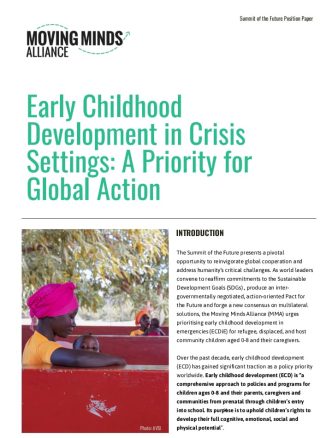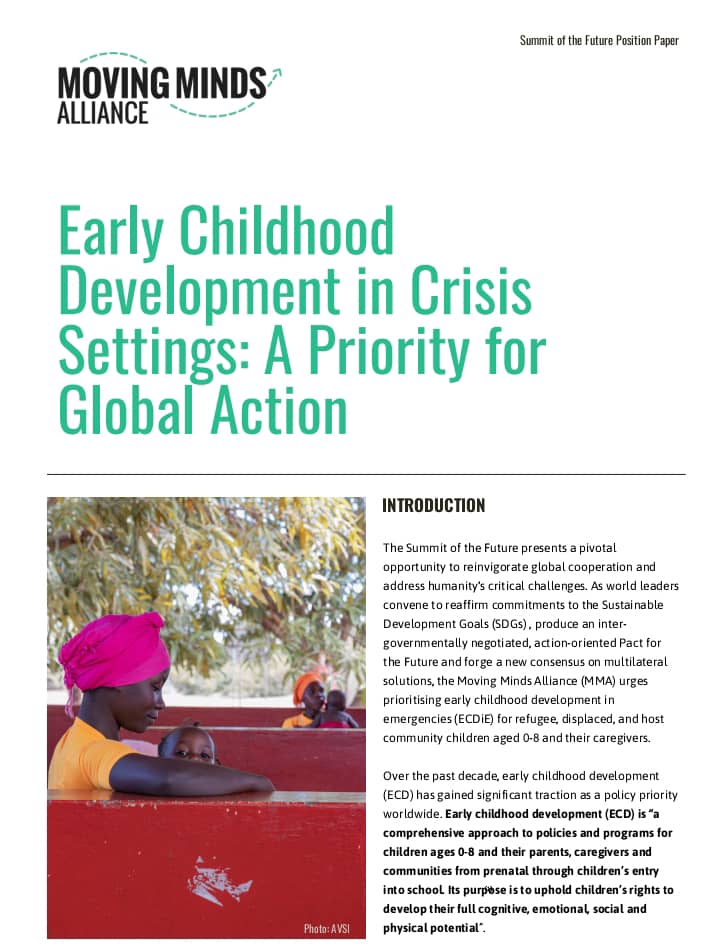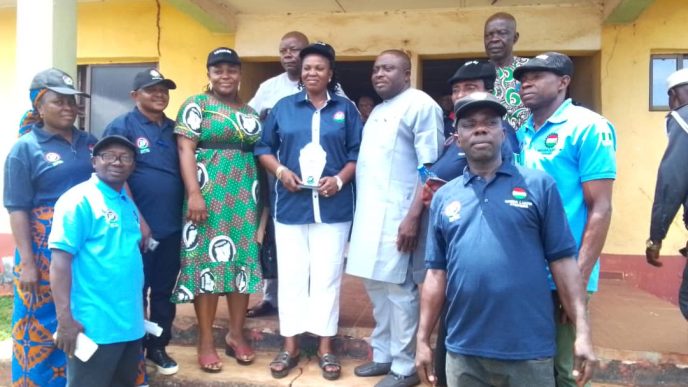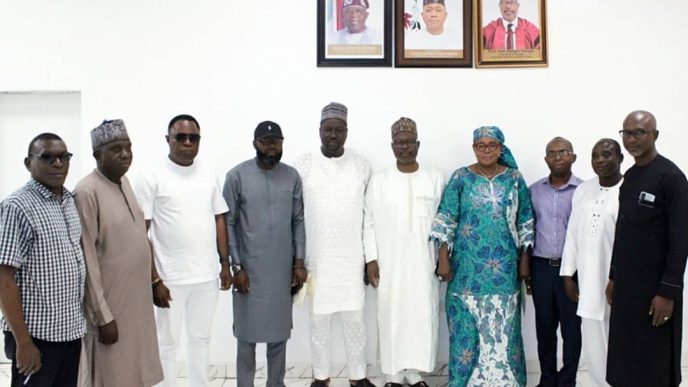Bilkisu Abdullahi-Yahuza
As world leaders convene to reaffirm commitments to the Sustainable Development Goals (SDGs) , produce an inter-governmentally negotiated, action-oriented Pact for the Future and forge a new consensus on multilateral solutions at the ongoing Summit of the Future in New York, the Moving Minds Alliance (MMA) urges prioritising early childhood development in emergencies (ECDiE) for refugee, displaced, and host community children aged 0-8 and their caregivers.
In 2023 alone, over 10 million children were displaced. “While all children in low-resource settings can face immense obstacles to attaining their full potential, those displaced, especially in crisis and conflict zones, are at a higher risk of physical, developmental, mental, and emotional harm. Hence deliberate efforts must be made to address their holistic and nurturing care needs” Tricia Young, MMA Director.
Early childhood development programming in humanitarian contexts faces unique challenges due to its cross-sectoral nature, encompassing health, nutrition, education, WASH, and protection. This multifaceted approach often struggles to find a clear place within the typically siloed humanitarian system, resulting in peripheral implementation rather than integration into standard procedures. Effective ECD programs require coordination across five key domains of child development: stimulation, education, health, nutrition, and protection. This necessitates strong collaboration among all sectors and the inclusion of support for parents and caregivers to provide nurturing care.
Moving Minds Alliance (MMA) in its Position Paper therefore urges that the Future summit discussions should prioritise specific actions and commitments on for governments, funders and INGOs as follows:
Governments should:
Develop Inclusive National ECDiE Policies: Governments should establish and fund
comprehensive policies that include refugee children and their host communities. These
policies should prioritise quality and gender-transformative services, ensuring that children in all their diversity have equal opportunities to thrive.
Invest in Integrated ECDiE Programmes: By investing in integrated ECD programmes, governments can enhance social cohesion between displaced populations and host communities, reducing potential conflicts and contributing to national stability and security. By fostering a culture of equity, peaceful conflict resolution, non-violence, diversity, empathy, and positive relationships, we create enabling environments that support children’s optimal development. These nurturing conditions not only benefit the children themselves but also have far-reaching positive impacts on their families, communities, and countries.
Donors, funders, and philanthropic organisations should:
Invest in High-Impact ECDiE Interventions: Donors should allocate at least 10% of humanitarian funding to ECDiE programmes, ensuring early, equitable, and quality investments that lay the foundation for long- term societal benefits. This includes supporting local ECD actors with cultural and community expertise and increasing unrestricted multi- year, flexible funding to local and refugee-led organisations supporting children in humanitarian and development settings.
Support Locally-Driven Solutions: Funders should prioritise direct funding to local, national, and community organisations. These stakeholders understand their communities and have the on-the-ground knowledge and capability to implement culturally relevant and sustainable ECD programs, which are crucial for addressing the needs of displaced and crisis-affected populations and host communities.
Development and humanitarian partners should:
Prioritise ECD in Crisis Response: Humanitarian organisations must integrate holistic multisectoral ECD within their core programming, ensuring that children aged 0-8 and their caregivers receive comprehensive support. This integration should span the health, protection, education, and nutrition sectors.
Enhance Accountability and Effectiveness: Collect and report data disaggregated by age, sex, and disability to identify gaps in service provision and ensure accountability. This data-driven approach will inform the design and implementation of more effective programs for young children in crisis contexts.
Strengthen Capacity Sharing and Coordination: Humanitarian actors should support successful local solutions rather than displace them. They should foster effective coordination and communication mechanisms that empower local actors, ensuring that ECD interventions are culturally appropriate and sustainable.
The implementation of these recommendations will not only advance progress towards multiple SDGs but contribute to building more resilient, peaceful, and prosperous societies. As we approach the 2030 deadline for the SDGs, the integration of ECDiE into national and international development strategies represents a critical opportunity to “leave no one behind” and secure a brighter future for generations to come.
By embracing the principles outlined in the Pact for the Future and prioritising integrated approaches like ECDiE, we can accelerate progress towards sustainable development, thereby creating a world where every child, regardless of their circumstances, has the opportunity to thrive and contribute to a more equitable and sustainable future.













GIPHY App Key not set. Please check settings